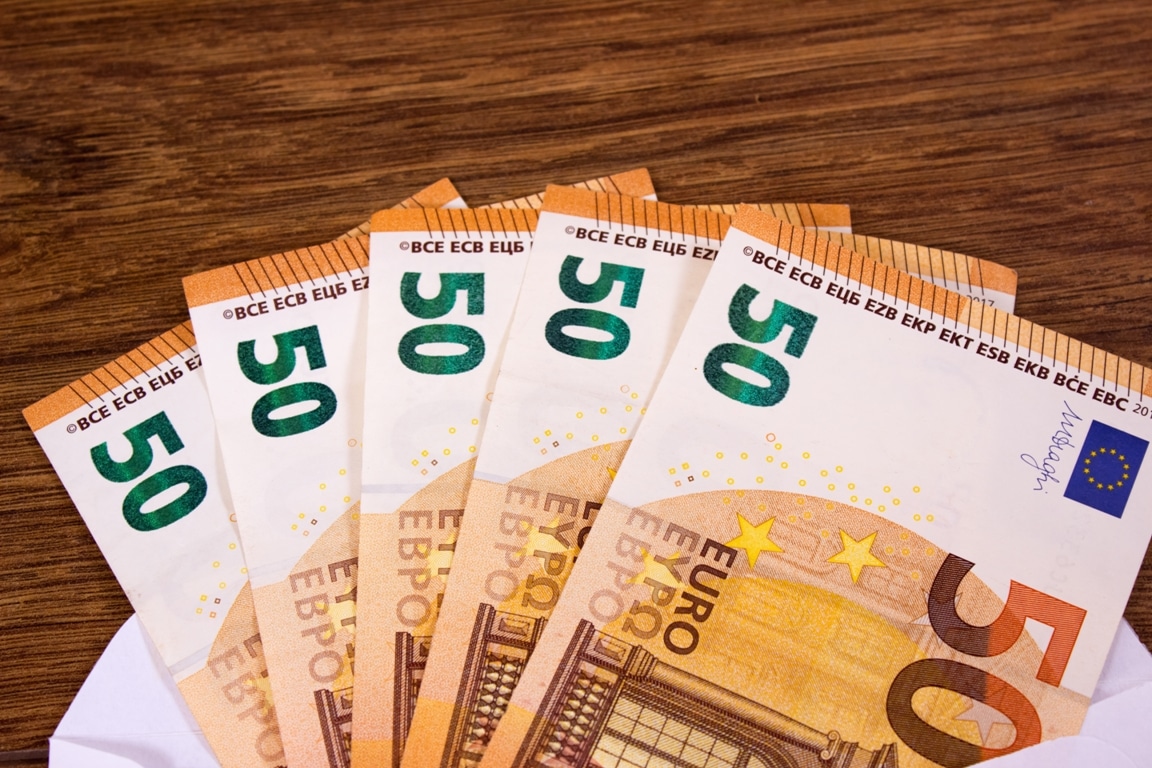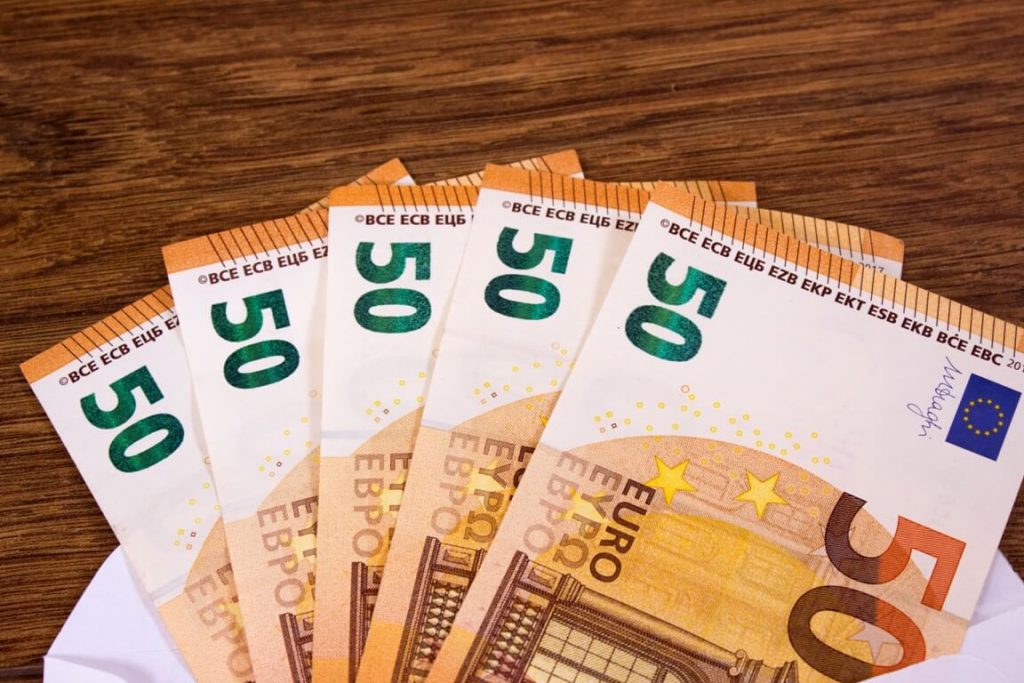
Euro was steady while Sterling jumped. What about the dollar?
The euro was flat on Friday, exchanging hands at $1.05580. However, the currency stayed close to its six-month high reached at the beginning of the week. It was set for a third consecutive week of gains.
On the other hand, the British Pound surged forward by 0.2% to $1.22680 during the session. It traded near its six-month high of $1.2345 hit on Monday. The British authorities issued new reforms, aiming to maintain London as one of the most competitive financial hubs worldwide. This news bolstered the Sterling.
The Japanese yen also rallied by as much as 0.7% today. It traded higher by 0.6% to 135.850 at last. However, the U.S. dollar plummeted versus the major currencies on Friday. Investors are worried about the health of the American economy. They are currently waiting for producer inflation data which is due to later today. Besides, Federal Reserve will announce its policy on interest rates at its meeting next week.
Several other major central banks are also planning to introduce their new strategy for interest rate hikes next week, including the European Central Bank and the Bank of England. Market participants think all three banks to slow the pace of their rate increases. In fact, traders expect 0.5 percentage point hikes across the board as inflation still poses a danger.
Analysts say there is a 93% chance that the Federal Reserve will raise its benchmark rate by 0.5% at its meeting on December 14. However, the agency might deliver a 0.75% hike.
How is the U.S. dollar trading now?
The dollar index tumbled by 0.1% at 104.680 against a basket of six major currencies on Friday. Overall, it soared by about 9.5% for the year thus far. But the index struggled over the fourth quarter, shaving off more than 6%. That’s mostly due to lowered expectations for interest rates and inflation.
Currency analysts at MUFG noted that volatility levels for major currencies have dropped toward their long-run average. It seems forex markets are starting to price in the prospect of peak interest rates in early 2023.
Analysts added that volatility is partly decreasing due to the new market pricing indicating that most central banks are approaching terminal rates. That suggests the first quarter will be the period when most major central banks will pause hiking rates after almost 12 months of tightening.
Traders are currently focusing on U.S. data on producer price inflation. It might contain hints that price rises are slowing. Consumer price data will also come out on Tuesday.


